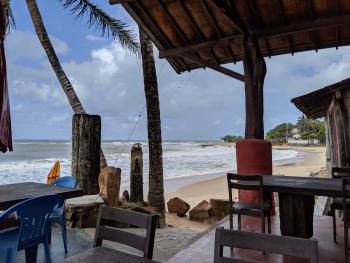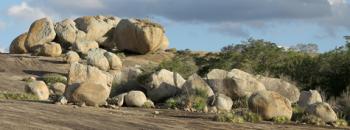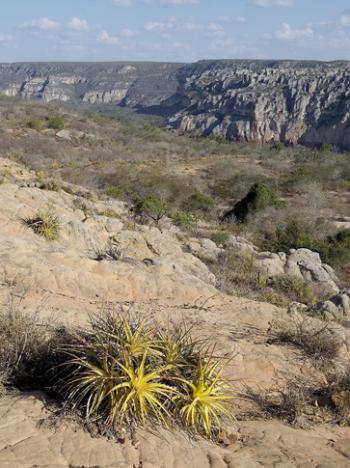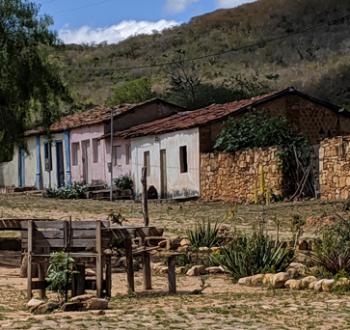Cariri Ecotours in Brazil
This item appears on page 43 of the February 2020 issue.
My husband, George, and I visited Brazil, Sept. 7-25, 2019. Once again, this remarkable country surprised and impressed us with its amazing, little-known wonders and friendly, interesting people.
This was our third multiweek trip with Filipe Cortês, owner of Cariri Ecotours (Rua Joaquim Fagundes 719-Tirol, Natal - RN 59020-435, Brazil; phone +55 [84] 99993 0027, caririecotours.com.br). The fact that we’ve traveled with Filipe three years in a row (with a fourth trip in the planning stage) surely speaks to our high opinion of his fine organizational skills, travel expertise, language skills, helpfulness and sensitivity to our needs.
The cost of our 19-day trip was BRL43,230 (near $10,670), which covered not only Filipe’s services as guide and translator but also all of Sabià’s driving and the use of his 4x4 vehicle, rooms with breakfast, ground transportation costs (gas, parking, ferries, etc.), site admissions, on-site guides, and several special tours, including a visit with the Potiguara Indians near Baía da Traição, a tour of the manatee habitat at the mouth of the Mamanguape River, and a fun vineyard-and-lunch tour in Petrolina.
The price did not include international airfare or domestic flights (into Natal and out from Palmas) nor our lunches and dinners.
As independent travelers, we greatly appreciate having the services of a professional who provides quality custom trips for his clients. For us, that meant a focus on our area of interest: archaeology, especially the painted caves and rock shelters that abound in northeastern Brazil.
Filipe and Sabià were with us for the entire trip. They also went “above and beyond” by carrying some of our photography equipment and helping us climb to reach several caves.
Oddly, during our three expeditions, we never once encountered other American travelers, perhaps because after a short stop at the beach to catch up on our sleep and enjoy a caipirinha and fresh shrimp dinner, we left the coast and traveled inland.
For anyone interested in rock art, Serra da Capivara National Park, a 2-day drive from Natal, is a “must see.” But unless you’re fluent in Portuguese, we would not recommend driving yourself. Brazil is a BIG country with good roads but long distances, and there aren’t many English speakers. In fact, in all of our travels to parks in Brazil, we have never had a guide who spoke a word of English.
Once you leave the coast, prices plummet for food (a full dinner with drinks for two costs around $30) and lodging (a good, clean hotel room with facilities en suite goes for around $60 a night), making hiring a guide and driver a bargain.
Thanks to the efforts of Filipe Cortês and Sabià, we’ve had some remarkable adventures in the Brazilian sertão (outback) and recommend Brazil to anyone interested in archaeological, cultural or wilderness exploration.
By the way, I bought a Google Pixel 3 cell phone for this trip. I used Google Translate on it a lot, even when Wi-Fi was not available. Without internet connection, Google Translate doesn’t do its best tricks, but it will still give you word definitions and is fun to play with.
ANNE STOLL
Claremont, CA




